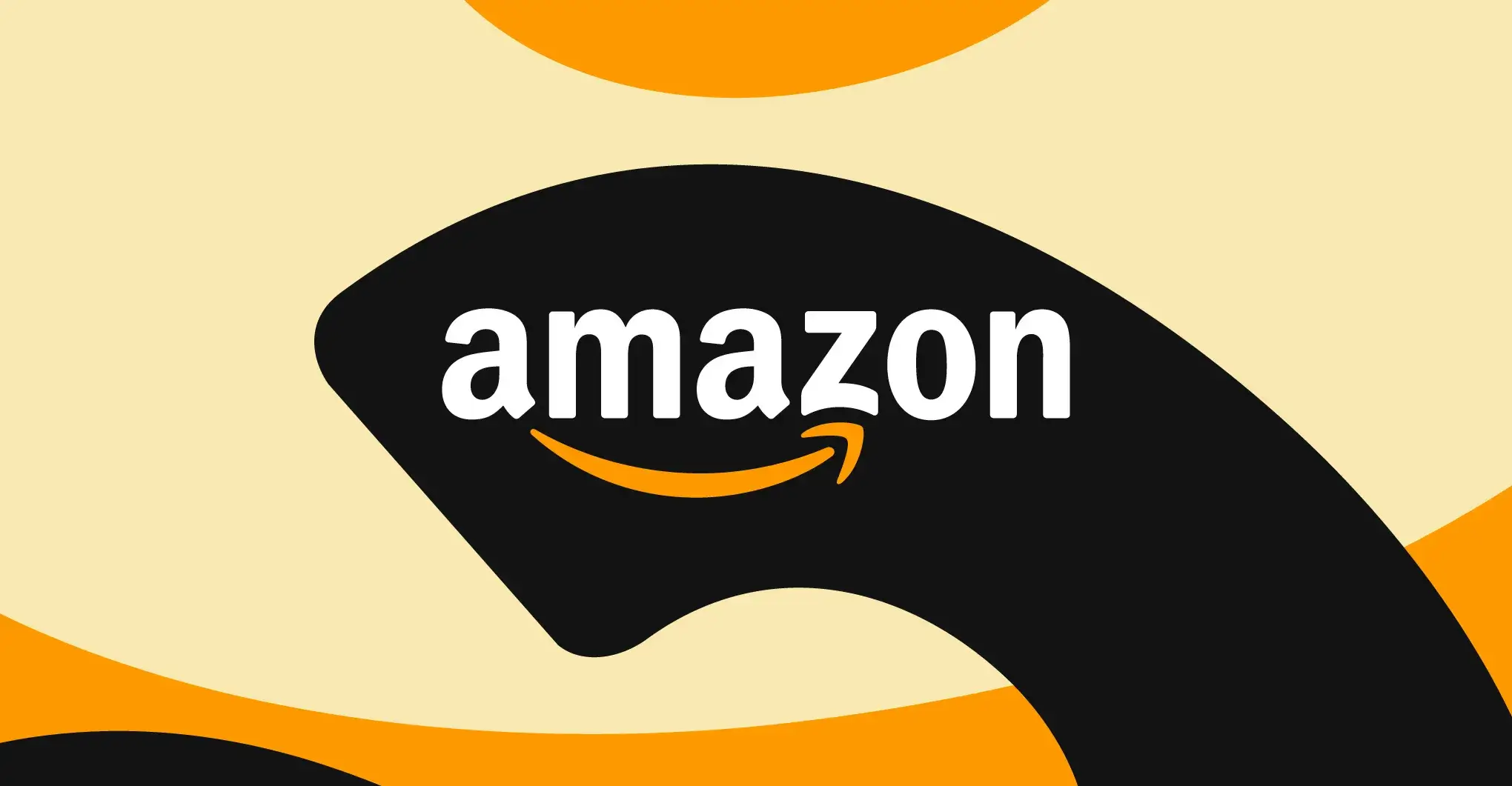Amazon is on the cusp of revolutionizing package delivery across the nation, leveraging autonomous robots to streamline operations and enhance efficiency. This ambitious undertaking involves a multi-faceted approach, integrating various robotic solutions to tackle different stages of the delivery process, from warehouse operations to the final doorstep drop-off.
The e-commerce giant already boasts one of the world's largest fleets of industrial robots, with over 750,000 units deployed across its network. These robots play a crucial role in automating tasks within fulfillment centers, assisting employees with stowing, picking, and packing orders. Amazon has recently unveiled new robotic systems designed to transform package sorting and loading at delivery stations, the last stop before packages head to customers. Innovations like "Tipper," an automated solution for unloading packages from carts, and "ZancaSort," which brings packages and bags directly to employees at an ergonomic height, are significantly reducing physical strain and improving efficiency. Systems like "Echelon" and "Matrix" manage package flow on conveyor belts and determine optimal sorting paths.
Looking beyond warehouse automation, Amazon is actively developing and testing robots for "last mile" delivery. These efforts include both ground-based and aerial solutions. In San Francisco, Amazon is reportedly nearing completion of a "humanoid park," an indoor obstacle course designed to simulate real-world delivery challenges. This facility will be used to test humanoid robots, potentially sourced from companies like Unitree and Agility Robotics, on their ability to navigate stairs, doorsteps, and other obstacles commonly found in residential environments. The vision is for these robots to eventually ride in electric Rivian vans and deliver packages directly to customers' doors, complementing human drivers.
While humanoid robots are still in early stages of development, Amazon is also expanding its drone delivery program, Prime Air. Currently available in limited areas of Texas and Arizona, Prime Air uses drones to deliver packages weighing five pounds or less in under an hour. The company has obtained FAA approval to expand its drone operations, including flying drones beyond visual line of sight (BVLOS), which will enable it to serve more customers and integrate drone deliveries into its broader delivery network. Amazon is also working to expand drone delivery to the UK and is considering launching the service in Kansas City. The company has received FAA approval for several new product categories that can be delivered via drone including smartphones and other electronics.
The integration of robots into Amazon's delivery network is expected to yield significant cost savings and efficiency gains. Bank of America analysts estimate that delivery robots could drive over $7.1 billion in annual savings by 2032. Moreover, the use of AI-powered robots is expected to improve delivery accuracy, speed up shipping times, and enhance the availability of products. Amazon is also investing in AI to enable robots to understand natural language commands, allowing operators to communicate directly with robots in fulfillment centers.
While the potential benefits of autonomous delivery robots are substantial, challenges remain. Consumer acceptance of robot delivery may take time, and regulatory hurdles exist, as only a few U.S. states currently allow autonomous sidewalk robots. Amazon's previous experience with the Scout delivery robot, which was discontinued in 2022 after encountering various mishaps, highlights the need for careful testing and refinement. Despite these challenges, Amazon's continued investment in robotics and AI signals a clear commitment to transforming package delivery and shaping the future of e-commerce logistics.

















